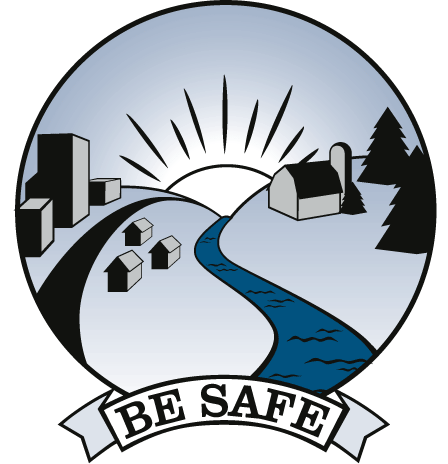![]()
![]()
Clean
Car
Production

Automobile production is the world’s largest manufacturing industry, accounting for over 6.6 million jobs worldwide. While most people are aware of the air pollution and global warming consequences of today’s automobiles, few people are aware of the enormous environmental impacts from the production, manufacture and disposal of cars. The automobile production process generates more pollution than any other manufacturing industry—at least five times more than computers and 20 times more than refrigerators and freezers. Automobiles are the nation’s fourth leading source of mercury emissions, the top user of lead and source of its release to the environment, as well as a significant source of dioxin emissions from polyvinyl chloride (PVC) plastic. [CCC]
Much of this pollution consists of highly hazardous materials that cause cancer, infertility and harm to unborn children who are most vulnerable to the effects of heavy metals and other persistent toxic chemicals released during the vehicle’s lifecycle. This includes the 12 million or so cars that are junked each year in the U.S. at the end of their lifecycle.
BE SAFE's FOUR PRINCIPLES
1. HEED EARLY WARNING SIGNS
Many of the materials
used to make cars have inherently harmful properties. We
must heed the early warning signs of the impacts of using these
materials on people and the environment, as demonstrated by
the following three key toxic materials used in cars.
Mercury
Reducing
the emissions and use of mercury has become a priority at the
state, federal, and international level. Over 2,500 waters
in 47 states and all of the Great Lakes contain fish that are
so heavily contaminated with mercury and other persistent toxic
chemicals that the federal Environmental Protection Agency (EPA)
warns pregnant women and other people not to eat more than a
few servings a month. [EPA] Mercury is a highly toxic heavy
metal that can damage the nervous system, kidneys and developing
fetuses. Nearly 200 metric tons of mercury are present
in as many as 50 million light switches in vehicles currently
on the road in the U.S. [CCC]
Vinyl/PVC
There
is also concern about human health and environmental impacts
from the production, use and disposal of PVC, or vinyl, a commonly
used plastic. Vinyl products can contain persistent toxic
chemicals such as lead. During production, manufacture and disposal,
PVC generates a highly toxic chemical called dioxin.
BE SAFE: Promote Safer Non-Toxic Automobile Designs